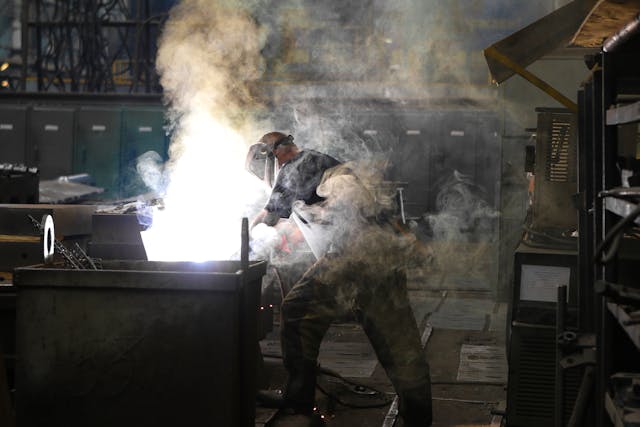Electronic devices produce toxic waste when discarded. Hazardous materials in this e-waste can hurt people, animals, and plants when absorbed into the environment. The open burning of e-waste releases fumes that contaminate the air and soil. These harmful toxins can affect the health of workers who handle them.
Air Pollution
The disposal of e-waste is one of the most damaging environmental issues that have been affecting our planet. Open-air burning, shredding, and dismantling are all activities that can release heavy metals like mercury, cadmium, and lead into the air. These toxic pollutants can then contaminate the soil and water. These contaminants can also travel long distances, exposing communities far away from the point of pollution to health-damaging substances. Air pollution from electronic scrap can damage humans’ and other animals’ respiratory and reproductive systems. It can cause lung and cardiovascular diseases, as well as cancers. It can also impact infants by slowing brain development and causing cognitive problems.
Water Pollution
E-waste can contaminate the water in several ways. Its components can leach into the soil, poisoning plants and making it unsafe for animals and humans to eat. They can also seep into waterways, where acidification kills marine life and heavy metals wreak havoc with biodiversity. These toxins can even travel into groundwater supplies, making drinking water unusable.
In addition, burning, shredding, and other processing e-waste contaminates air and water by emitting toxic fumes. These fumes can also contaminate soils, harming microorganisms and leading to the death of living organisms. They can also enter bodies of water and bioaccumulate within living organisms, where they can cause neurological damage, miscarriages, cancers, and decreased IQs. Heavy metal contamination, such as that caused by arsenic, cadmium, and mercury in water supplies, can have adverse health effects on ecosystems and human populations. It can devastate people worldwide who rely on safe drinking water to survive.
Soil Pollution
Many developing countries lack the infrastructure for formal e-waste recycling, where salvageable components are separated and safely disposed of. As a result, open burning and acid baths in informal e-waste processing expose the environment to toxic chemicals, including mercury, beryllium, cadmium, and arsenic. These chemicals are not biodegradable and seep into the soil. As a result, the environment becomes polluted and can negatively impact plants, animals, and humans.
Children living near e-waste dumps are especially susceptible to these chemicals. Hazardous chemicals that can be breathed in or absorbed through the skin are released when abandoned electronics are burned outdoors. Acids used in e-waste processing also seep into waterways and cause the acidification of surface waters. Water acidification can kill marine life, disrupt ecosystems, and enable some species to dominate others. It can also contaminate crops and make drinking water unsafe for human consumption. The acidification of water can even lead to the rupture of human bones.
Human Health
When e-waste is improperly disposed of, it can have a devastating impact on human health. It is because of the toxins that it contains. These include mercury and lead. Burning or disposing of e-waste in landfills can release these harmful materials into the ground. It can then contaminate the water supply. It can be hazardous for pregnant women who are exposed to this waste because it can cause congenital disabilities. When the toxins in e-waste are released into the air, they can also be blown long distances. It can contaminate land and water because it is dangerous to plants and animals that depend on it for survival.
Sometimes, electronic waste is transported to developing nations and unlawfully disposed of in unregulated zones. It is where the shocking human impacts of our e-waste crisis indeed unfold. Men, women, and children in these regions often work with this waste by hand, sifting through it to recover valuable metals. As they do so, they are exposed to harmful levels of mercury, lead, and other toxins that can lead to severe and lasting health problems.



